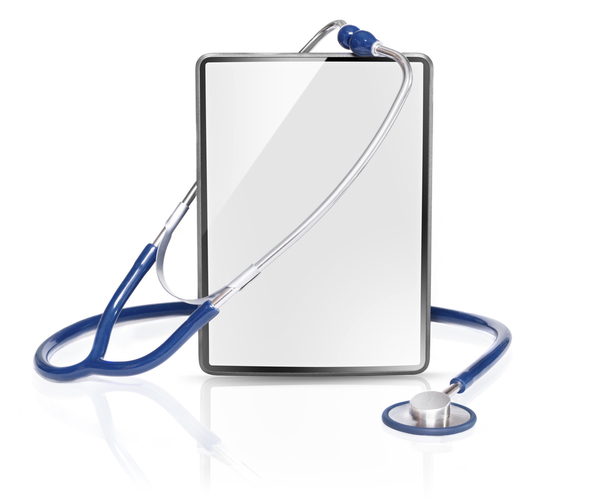Drug Recognition Evaluations in Oregon follow a 12-step DRE protocol:
- Breath Alcohol Test: The arresting officer demands of the arrested driver a breath test. The breath alcohol concentration (BrAC) is intended to be an estimate of the driver’s blood alcohol concentration (BAC). If the BAC is below a .08, the arresting officer may request a Drug Recognition Expert (DRE).
- Interview of the Arresting Officer: The Drug Recognition Expert (DRE) will typically get a summary from the arresting officer including observations made by the arresting officer of the manner of driving, personal contact, and statements made by the driver.
- Preliminary Examination and First Pulse
- Eye Examinations
- Divided Attention Psychophysical Tests
- Vital Signs and Second Pulse
- Dark Room Examinations
- Examination for Muscle Tone
- Check for Injection Sites and Third Pulse
- Subject’s Statements and Other Observations
- Analysis and Opinions of the Evaluator
- Toxicological Examination: After completing the physical evaluation, the Drug Recognition Expert (DRE) in Oregon typically requests a urine sample from the driver for testing (typically done by the Oregon State Police Forensic Crime Lab).
Are Drug Recognition Evaluations Scientific?
A better question to probably ask is, “Are Drug Recognition Evaluations scientifically accurate or valid?” and the answer to that question depends greatly on the accuracy that one finds “valid.” For example, a guess as to the flip of a coin has 50% accuracy. Law enforcement points to three studies that support their belief– and representations– that the DRE protocol is scientifically valid and accurate:
- Bigelow 1985 (the Johns Hopkins study): Bigelow GE, et al. Identifying Types of Drug Intoxication: Laboratory Evaluation of the Subject Examination Procedure. Washington, DC: NHTSA (1985) DOT HS 806
- Compton 1986 (the LAPD study): Compton RP. Field Evaluation of the Los Angeles Police Department Drug Detection Program. Washington, DC: NHTSA (1986) DOT HS 807 012
- Adler 1994 (the Arizona study): Adler EV, Burns M: Drug Recognition Expert (DRE) Validation Study. Phoenix: Arizona Governor’s Office of Highway Safety (1994)
From a traditional scientific perspective, Drug Recognition Evaluations are not scientifically accurate or valid because of at least three specific issues:
- The interview between the arresting officer and the Drug Recognition Expert introduces tremendous bias and destroys any scientific credibility. For example, if the arresting officer tells the Drug Recognition Expert that the arresting officer found a marijuana pipe, the Drug Recognition Expert is almost certainly going to claim that the driver was under the influence of marijuana. If the DRE program had any scientific validity, it would be able to determine drug use based on medical or physical observations of the driver without needing to examine personal property found with the driver.
- Any admissions made by the driver as to use of drugs or controlled substances make it impossible to blind test the accuracy of the Drug Recognition Expert. For example, if the driver tells the arresting officer or the DRE that the driver used marijuana, the Drug Recognition Expert is almost certainly going to claim that the driver was under the influence of marijuana. If the DRE program had any scientific validity, it would be able to determine drug use based on medical or physical observations of the driver without needing to ask the driver what they used.
- The use of “normal ranges” for things like muscle tone, pulse, blood pressure, pupil size, and pupil reaction to light means that people who have physical characteristics in the “high,” “low,” or “non-normal” ranges are assumed to be under the influence of drugs. With so much natural variability in health and medical issues between different people– and even with normal variability among people who are otherwise similar in size, weight, or body type– a significant portion of the population are at a distinct advantage going into a DRE exam even with no use of alcohol, drugs, or controlled substances.

